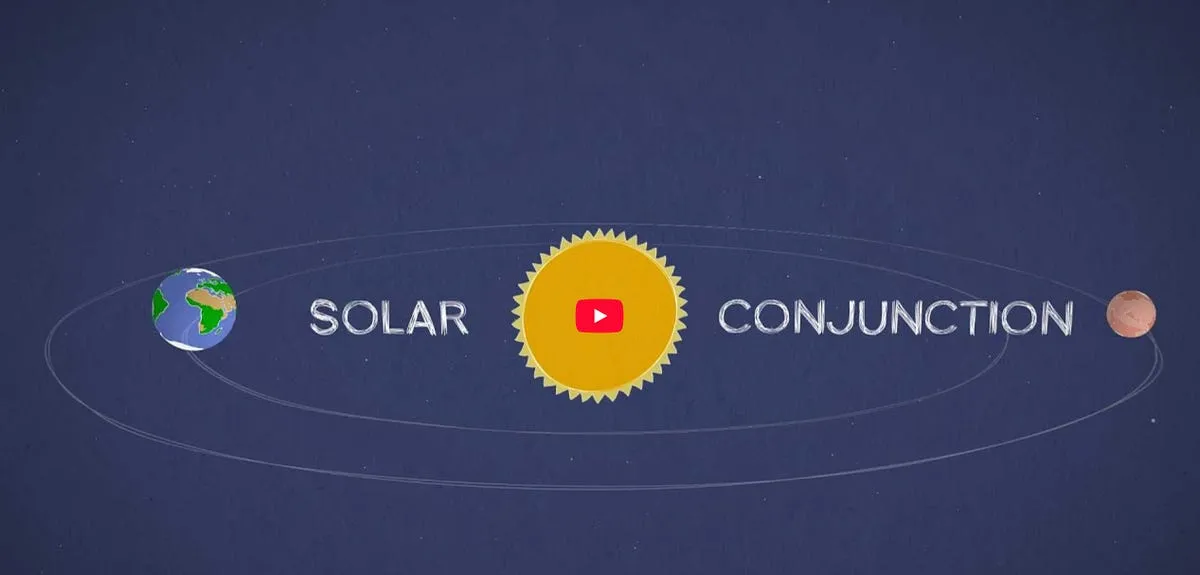
On October 21, 2025, the interstellar object 3I/ATLAS will reach a significant astronomical event known as solar conjunction. During this time, 3I/ATLAS will be positioned directly behind the Sun, making it impossible for Earth-based telescopes to observe it. This celestial alignment raises intriguing questions: was this hideout intentionally timed for strategic maneuvers? In the field of astronautics, the closest approach to a massive object is often the optimal moment for a spacecraft to perform maneuvers, such as accelerating or decelerating.
The Oberth effect describes the phenomenon where a spacecraft can gain or lose kinetic energy most efficiently when its speed is at its peak. This principle suggests that firing a spacecraft's engine at this point can maximize the velocity changes, much like the gas escaping from a rocket’s exhaust. This mechanism is analogous to the Hills mechanism, which explains how hypervelocity stars are formed during the tidal breakup of binary star systems by supermassive black holes.
If 3I/ATLAS is indeed a massive mothership, it is likely to continue on its gravitational trajectory and eventually exit our Solar System. However, it may release mini-probes towards various planets as it approaches perihelion. Remarkably, the optimal window for these potential Oberth maneuvers will occur just eight days after solar conjunction, on October 29, 2025, when 3I/ATLAS will reach a perihelion distance of 203 million kilometers from the Sun.
This critical timing coincides with a period when 3I/ATLAS is hidden from view, prompting speculation about whether this is a mere coincidence or a result of deliberate orbital design. To answer this question, astronomers will need to monitor the skies during November and December 2025 for any unusual activity from 3I/ATLAS or any new celestial objects that may emerge from it.
Given that 3I/ATLAS has a minimum diameter of 5 kilometers, the solar illumination it receives at perihelion could deliver over 33 gigawatts of power to its surface. To put this into perspective, this amount of energy is equivalent to approximately one-third of the total power generated by the 94 operational commercial nuclear reactors in the United States, the world’s largest producer of nuclear power.
Currently, 3I/ATLAS is presumed to be a natural comet. However, the possibility of it executing an Oberth maneuver must be taken seriously due to its potential implications for humanity. Since its discovery on July 1, 2025, 3I/ATLAS has been ranked 4 on the Loeb Scale due to eight notable anomalies:
The trajectory of 3I/ATLAS aligns within 5 degrees of the ecliptic plane. It exhibited a sunward jet (anti-tail) that is not merely an optical illusion. 3I/ATLAS is significantly larger and faster than previous interstellar objects. Its arrival allows it to pass near Mars, Venus, and Jupiter. The gas plume contains an unusual ratio of nickel to iron. Only 4% of the gas plume's mass is water, unlike typical comets. It showed extreme negative polarization, an unprecedented characteristic. Its arrival direction closely coincides with the source of the famous "Wow! Signal."Excitingly, we expect to gather more data on 3I/ATLAS shortly after it reaches perihelion. On November 4, 2025, the European Space Agency’s Jupiter Icy Moons Explorer (Juice) will pass within 64 million kilometers of 3I/ATLAS. If it continues on a gravitational path, it will make its closest approach to Earth on December 19, 2025, at a distance of 269 million kilometers. Further observations will occur on March 16, 2026, when 3I/ATLAS will be just 54 million kilometers from Jupiter, observable by the Juno spacecraft across various wavelengths.
As we anticipate these upcoming celestial events, we remain hopeful that they will provide sufficient data to determine the true nature of 3I/ATLAS. This interstellar encounter represents a unique opportunity for scientific discovery, and we must remain vigilant in our observations to unveil the mysteries that lie ahead.